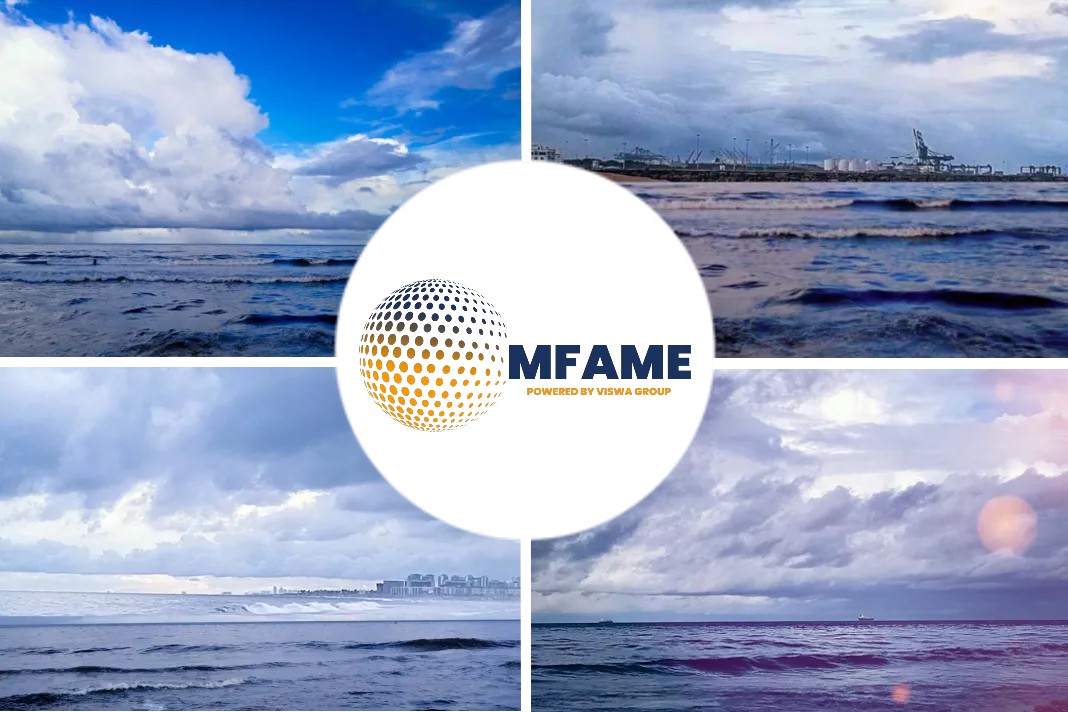The only direction for container transportation prices to go for more than two years was up. As supply chain bottlenecks lessen and port backlogs disappear, that tendency is currently changing, as reported by DW.
Emerging from crisis
There are rising indications that the sophisticated ocean transportation system is emerging from crisis mode as the immediate effects of the COVID-19 outbreak and the war in Ukraine on global trade progressively fade.
The severe supply chain disruptions, which were mostly brought on by COVID lockdowns in China and were vividly manifested in ship backlogs at ports, are beginning to ease. 90% of all global transportation will soon be carried by seaborne shipping, which is prepared to take on its enormous importance.
Freight rates drop to pre-pandemic levels
Because of a settlement reached between dock workers and port officials this fall that put an end to a disruptive strike, the shipping crisis in Germany has also been brought under control.
German Shipowners’ Association (VDR) CEO Martin Kröger claims that things have “nearly returned to normal.”
According to him, “the backlogs of ships along European coasts have been overtaken,” and “shipping capacity isn’t as tight now as it was at the end of last year.” He added that the fact that maritime freight charges are drastically decreasing was another encouraging development. The state of shipping is comparable to before the pandemic.
According to data provided by the German business newspaper Handelsblatt, shipping costs have decreased to pre-pandemic levels. For instance, a 20-foot container from China to Northern Europe currently costs, on average, $1,479 (€1,420), as opposed to around $8,000 at the beginning of 2022. According to the publication, shipping a container from Shanghai to the US West Coast “is even cheaper than in 2019.”
Supply chain hell
According to Vincent Stamer of the Kiel Institute for the World Economy, the earlier supply constraints were caused by a combination of importers’ so-called front-loading [the practice of allocating expenses at the start of a project or contract] and an increase in demand.
In order to satisfy demand, importers hurriedly filled their stocks during the pandemic, he explained to DW. “During the pandemic, people in Europe and North America dramatically purchased consumer electronics items, furniture, and sports gear.” He continued, “But the boom is already slowing down, and demand for such things is falling.”
The likelihood of additional economic expansion is indeed rapidly deteriorating, with Europe’s growth already teetering on the precipice of collapse and the United States hovering on the verge of a recession. The requirement for shipping space and the level of freight rates are decreasing concurrently as “fears of rising inflation and an economic slump is impacting on the demand for goods,” according to Stamer.
Good news for inflation-plagued consumers?
As goods manufacturers previously had to spend “a tenth of each dollar earned” on transportation and logistics, Stamer believes the decline in global shipping rates will also affect consumer prices. “Therefore, an easing of freight rates will lower the costs for companies and, finally, also consumer prices,” he says.
Martin Kröger disagrees, claiming that consumer shelf prices only account for a “very minor amount” of shipping expenses. Even worse, he believes that freight rates won’t decrease anymore since shippers would incur additional costs as a result of, say, stricter environmental regulations, which would be “quite expensive.”
“Strict new CO2 regulations set by the EU and aimed at gradually integrating less polluting fuels in shipping will increase our prices because they are far more expensive than the conventional fossil fuels we currently use,” he claimed.
Cost wave building
Kröger expects the new environmental standards on fuels to hit global shipping rates “as early as next year.” Industry pundits are expecting “an elevated demand for tonnage,” he said, as companies would “lower the speed of their ships to bring down their emissions.”
For the medium term, industry representatives like the German VDR expect a change in shipping companies’ investment policies, including ordering smaller ships with less tonnage to meet emissions targets. All of this would drive up shipping rates, Kröger says.
Transportation ‘pork cycle’
The concept of cyclical swings in supply and prices in livestock markets is referred to as the “pork cycle” in economics. The first time it was noticed was in 1925, when high prices in the US pig markets encouraged pork breeders to increase their investments. The market eventually reached saturation, which caused prices to drop. As a result, production declines and prices rise once more.
Stamer of the Kiel Institute is certain that shipping companies are currently seeing “the beginning of a pork cycle” in which it is currently impossible to predict with certainty when demand for tonnage will balance supply.
German shipowners are “on the right track,” according to the VDR industry association, with their plan to update their vessels to the most recent environmental criteria. Stamer, though, has his reservations and identifies some perilous industry traps. He said that increased transport capacity from new investments in less polluting ships will “push freight charges lower.” German shippers “cannot expect the big earnings of the past to continue into the future,” according to the statement. Even while VDR recognises that the astronomical margins of the previous year are undoubtedly over, it is still unclear whether the industry will invest in capacity in the future. Nevertheless, VDR is hopeful that the good times continue for a little while longer. Making a solid profit nonetheless is “important,” VDR’s Kröger added, for the industry to be able to “finance all the relevant climate-saving technologies needed to reach the emission reduction targets.”
Did you subscribe to our newsletter?
It’s free! Click here to subscribe!
Source: DW























